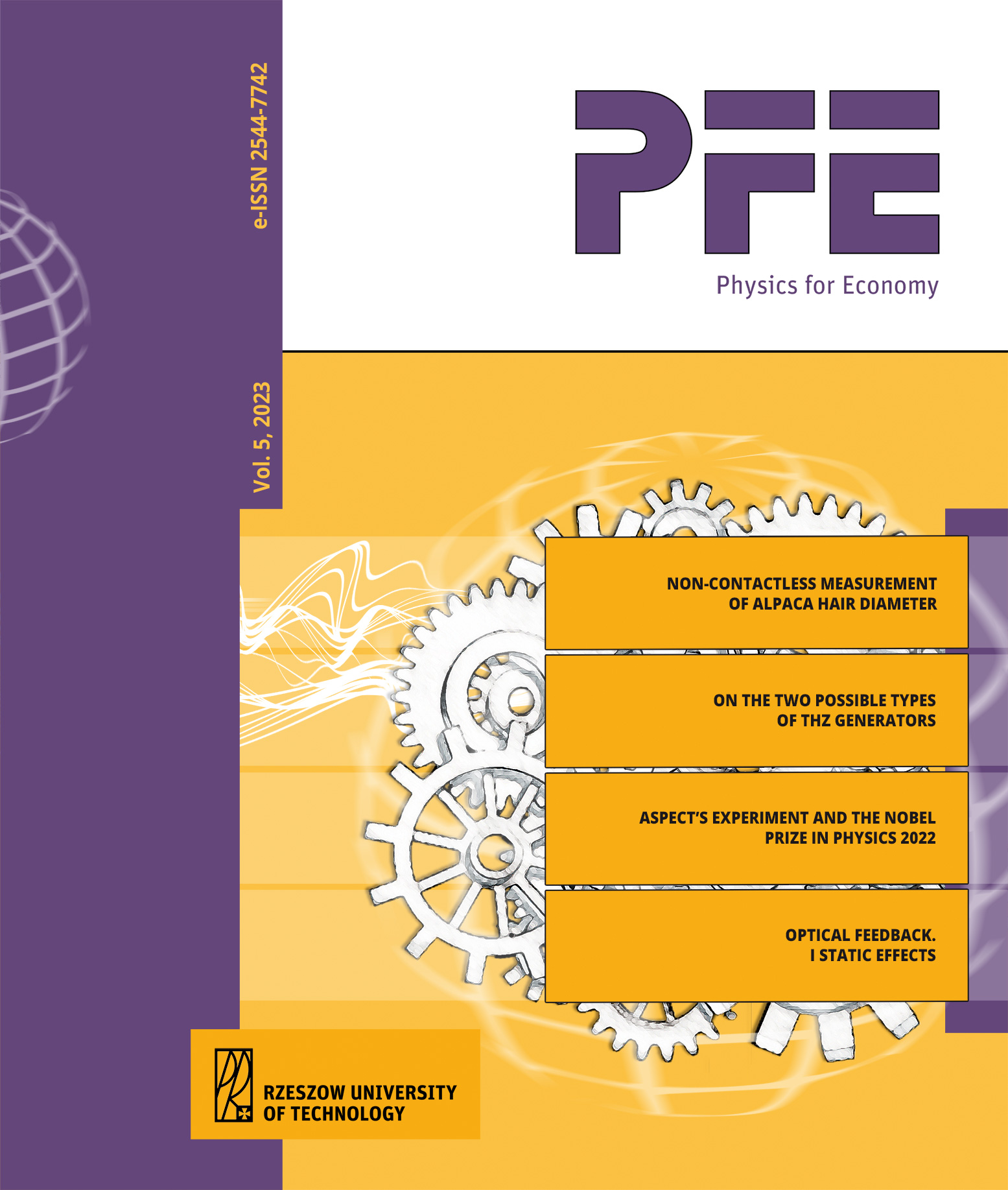Abstract
Feedback is a common phenomenon. This paper gives examples of feedback in computer science (iterations). The primary aim of this paper is to observe the effects of optical feedback in a monitor-camera system. The static effects of optical feedback are presented in this paper. The problem of symmetry of the obtained images is discussed. It is explained how a multiple three-lens copying machine generates the Sierpinski triangle, which is a basic and very well-known fractal. In the next paper ( Part II ) the dynamic effects of optical feedback will be discussed.
References
H.-O.Peitgen, H.Jurgens, D.Saupe, Granice Chaosu. Fraktale, Wydawnictwo Naukowe PWN 1995.
H.-O.Peitgen, H.Jurgens, D.Saupe, Introduction to Fractals and Chaos, Springer-verlag New York 1992.(tłumaczenie polskie H.-O.Peitgen, H.Jurgens, D.Saupe, Granice chaosu. Fraktale, PWN,Warszawa 1995 patrz pozycja [1]).
R. Abraham, Simulation of cascades by video feeback, in Structural lAtability, the Theory of Catastrophes, and Applications, P.Hilton (ed), Lecture Notes in Mathematics t.525, Springer Verlag, Berlin 1975,s.10-14.
H.-O.Peitgen, H.Jurgens, D.Saupe, Chaos and Fractals, Springer-Verlag New York, p.783.
F. A. Cotton, Teoria grup. Zastosowanie w chemii. PWN Warszawa 1973.
P. Crutchfield, Space-time dynamics in video feedbeck, Physica 10D, 229-245,(1984).
G. Julia, J. Math. Pure Appl. 8, 47-245 (1918).
https://mandel.gart.nz/ - strona do generowania zbioru Mandelbrota.

